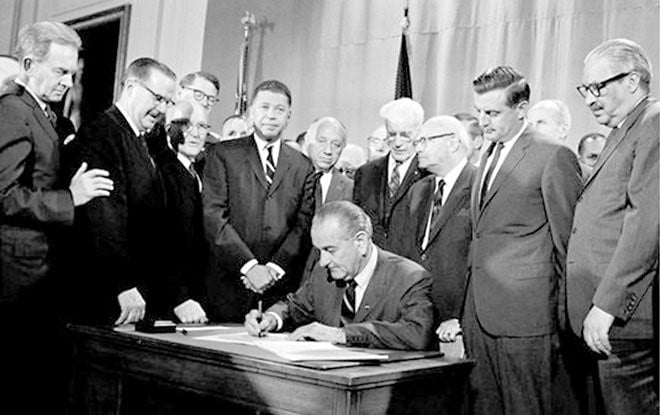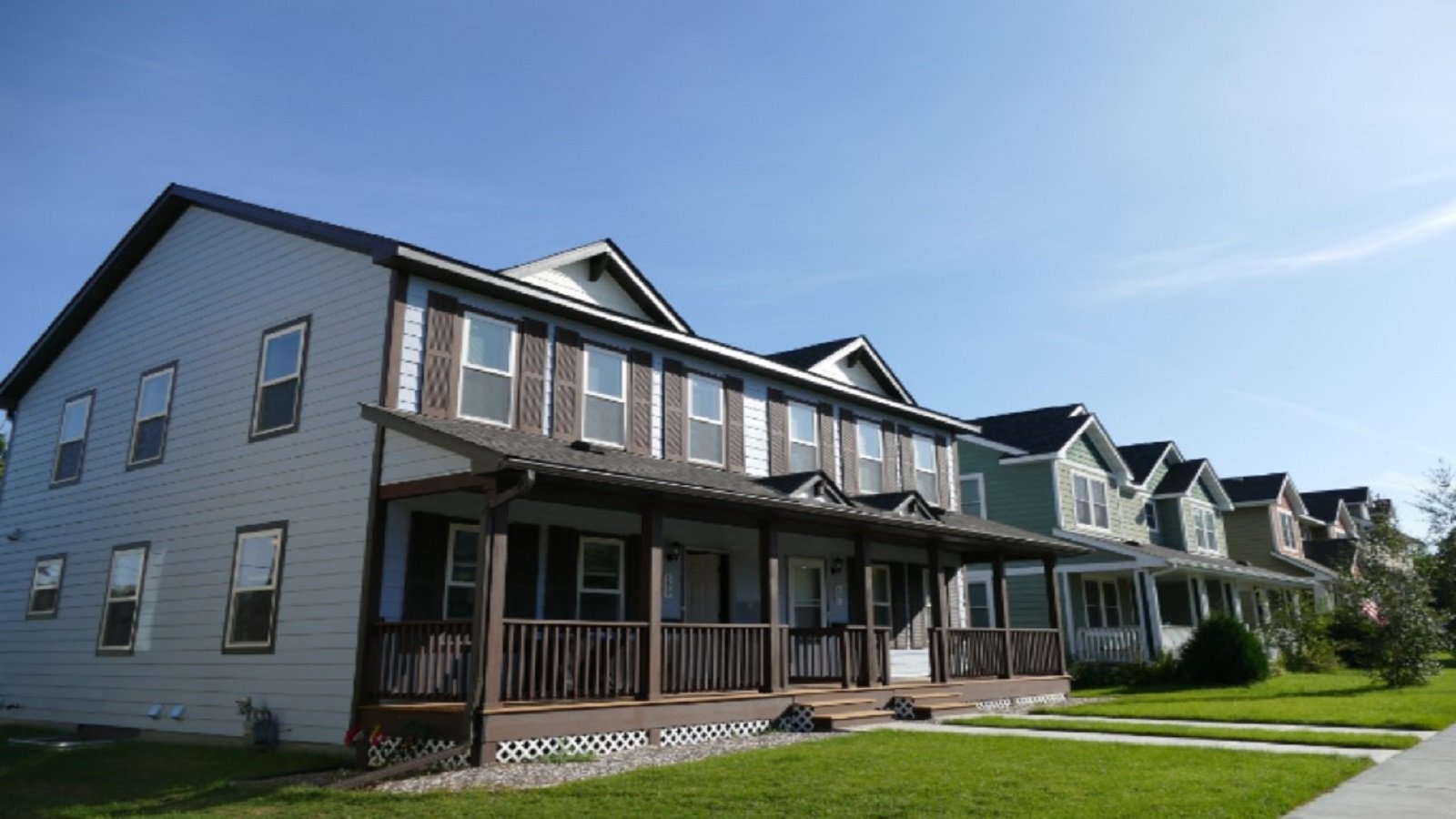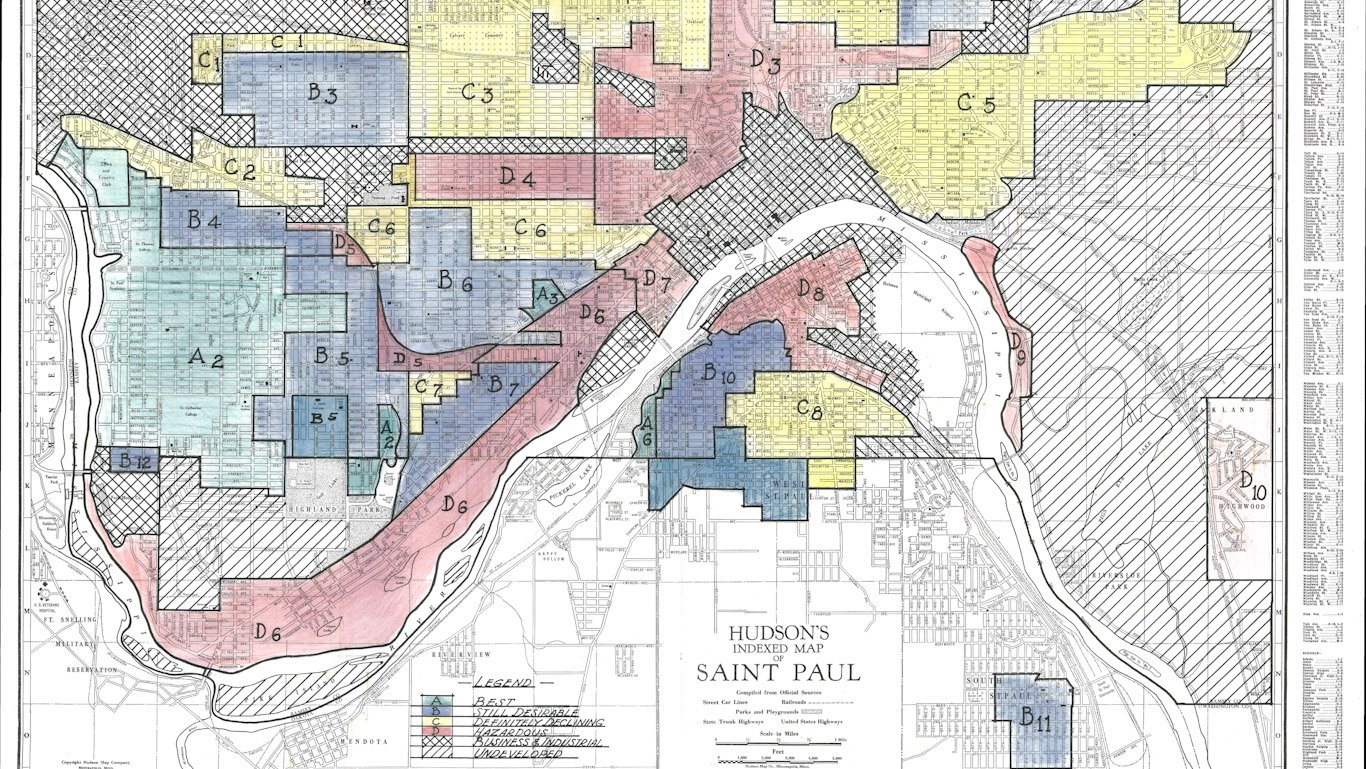Race and Housing Series: Fair Housing Act Part 2 (2016-2020)
Twin Cities Habitat for Humanity has a core value of Equity and Inclusion which states: “We promote racial equity and strive to increase diversity,...
3 min read
 matt haugen
:
2:03 PM on August 20, 2020
matt haugen
:
2:03 PM on August 20, 2020

Twin Cities Habitat for Humanity has a core value of Equity and Inclusion which states: “We promote racial equity and strive to increase diversity, inclusion, and cultural competency in all aspects of our organization.” We believe that it’s important to learn from our national and local history of racist housing policies as we build for the future. This blog series explores the past, offers solutions for the future, and highlights ways that you can take action.
The Fair Housing Act was passed in 1968 one week after Dr. Martin Luther King Jr. was assassinated. It was supposed to do two things:
This second part is called Affirmatively Furthering Fair Housing (AFFH) and critics say this is where the Fair Housing Act has not lived up to its name.
The Fair Housing Act originally covered discrimination based on race, color, religion, and national origin. Discrimination based on sex was added in 1974 and discrimination based on disability and familial status were added in 1988.
HUD (the Department of Housing and Urban Development) oversees enforcement of the act and today distributes tens of billions of tax dollars in housing funds annually to cities, counties, states, Public Housing Authorities, and other entities. The goal is to create and sustain publicly subsidized housing. By the way, the mortgage interest deduction remains the largest public subsidy for housing in America.
After the Fair Housing Act passed, George Romney (Mitt’s dad) became Secretary of HUD.

Romney had lost the Republican nomination for President in 1968 to Richard Nixon. Romney told HUD officials to reject grant applications from communities that promoted segregated housing. But his stance differed from that of President Nixon, who wrote privately:
“I am convinced that while legal segregation is totally wrong that forced integration of housing or education is just as wrong...I realize that this position will lead us to a situation in which blacks will continue to live for the most part in black neighborhoods and where there will be predominately black schools and predominately white schools.”
Romney and Nixon debated about enforcement of the Fair Housing Act. Even when Romney made concessions, his position remained unpopular. He was jeered by the crowd during a visit to his hometown of Warren, MI, and needed a police escort to get away from the meeting. He resigned as HUD Secretary in 1973.
Walter Mondale, who co-authored the Fair Housing Act, says:
“Some officers of the law have done as little as possible and often even resisted what should be done. For years we had trials where you had to prove the defendant had racial intentions. Otherwise they’d argue there was no violation of the law.
Then in 2015, the Supreme Court said ‘No, intent is not the issue here. If the impact divides and separates people based on race, it violates the law.’ That was a big decision and took that excuse away from those who were dragging their feet.”
This policy is called disparate impact. That’s the idea that even though a law, policy, or rule doesn’t discriminate in how it’s written, if the way it plays out in the real world is discriminatory then it is unlawful.
In 2015, HUD said it would require all its grantees to both assess their communities’ housing data for disparate impact and create AFFH plans to counteract segregation and provide access to opportunity.
HUD Secretary at the time, Julián Castro, said:
“Unfortunately too many Americans find their dreams limited by where they come from, and a ZIP code should never determine a child’s future. This important step will give local leaders the tools they need to provide all Americans with access to safe, affordable housing in communities that are rich with opportunity.”
Proponents of strengthening the Fair Housing Act hailed this as an opportunity to have strong enforcement. Part 2 of this blog will explore changes to HUD and the Fair Housing Act since 2016.
Since the passage of The Fair Housing Act, overall housing conditions in America have improved, but technology and innovation have had as much to do with that as policy. The homeownership rate for Black Americans hasn’t really increased since 1968, and it trails even further behind the White homeownership rate today. At the same time, racial wealth gaps have grown significantly.
Twin Cities Habitat carries out advocacy work because the promise of the Fair Housing Act is still not fully realized. Please join us in these efforts and learn more by reading other blogs on race and housing.
Your gift unlocks bright futures! Donate now to create, preserve, and promote affordable homeownership in the Twin Cities.

Twin Cities Habitat for Humanity has a core value of Equity and Inclusion which states: “We promote racial equity and strive to increase diversity,...

You might hear the term “affordable housing” used often, whether in the news or by someone you know. Sometimes misconceptions around affordable...

Twin Cities Habitat has a core value of Equity and Inclusion which states: “We promote racial equity and strive to increase diversity, inclusion, and...